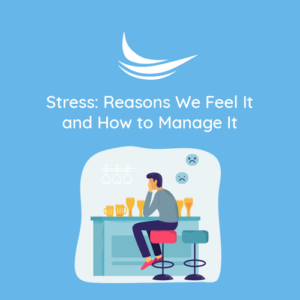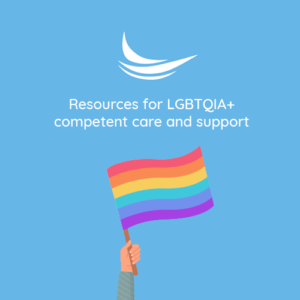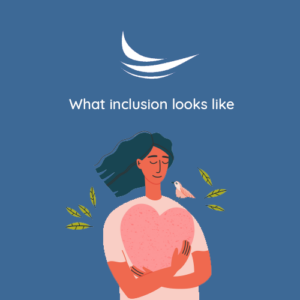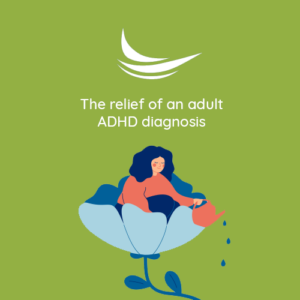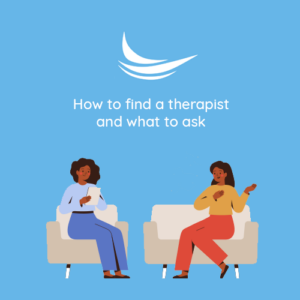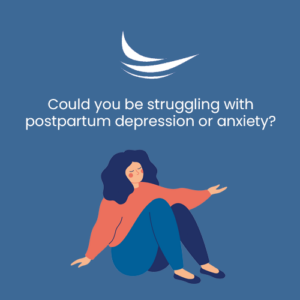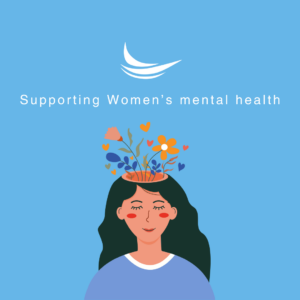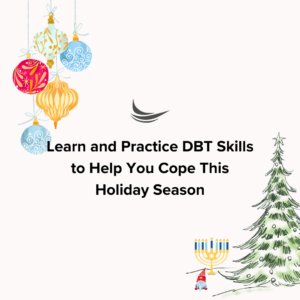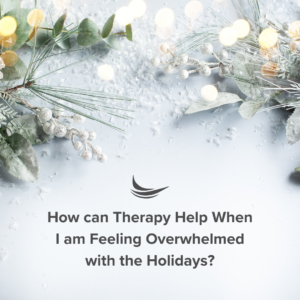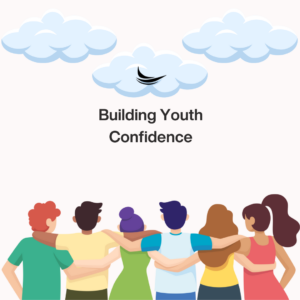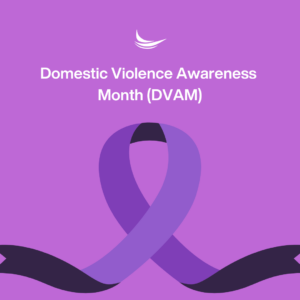Building Trust and Intimacy
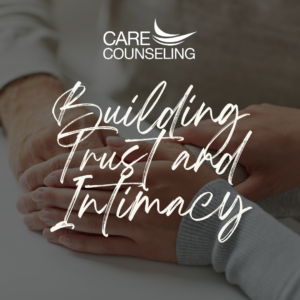 Trust and intimacy are the cornerstones of healthy, fulfilling relationships. Whether you’re in a romantic partnership, a friendship, or any other meaningful connection, the depth of trust and intimacy you share can profoundly impact the quality of that relationship. Let’s explore the importance of building trust and intimacy and provide practical tips for nurturing these essential elements in your relationships.
Trust and intimacy are the cornerstones of healthy, fulfilling relationships. Whether you’re in a romantic partnership, a friendship, or any other meaningful connection, the depth of trust and intimacy you share can profoundly impact the quality of that relationship. Let’s explore the importance of building trust and intimacy and provide practical tips for nurturing these essential elements in your relationships.
Understanding Trust and Intimacy
- Trust: Trust is the belief that you can rely on someone, that they will keep their promises, and that they have your best interests at heart. It’s the foundation of emotional safety and security in a relationship.
- Intimacy: Intimacy goes beyond physical closeness; it’s about emotional closeness, vulnerability, and connection. It’s the feeling of being truly known and accepted by someone.
The Importance of Trust and Intimacy
- Enhanced Connection: Trust and intimacy deepen your emotional connection with others, fostering a sense of closeness and understanding.
- Improved Communication: When trust and intimacy are present, communication becomes more open, honest, and effective.
- Conflict Resolution: Strong trust and intimacy provide a solid foundation for resolving conflicts and overcoming challenges together.
- Emotional Support: Trust and intimacy create a safe space where you can share your thoughts, feelings, and fears, knowing you won’t be judged or rejected.
Practical Tips for Building Trust and Intimacy
- Open and Honest Communication: Be open and honest in your conversations. Share your thoughts, feelings, and experiences with sincerity.
- Active Listening: Practice active listening by fully engaging in conversations, showing empathy, and validating the other person’s feelings.
- Vulnerability: Allow yourself to be vulnerable by sharing your fears, insecurities, and past experiences. This vulnerability can create deeper emotional connections.
- Consistency: Consistently demonstrate reliability and dependability. Keep your promises and be there for the people you care about.
- Respect Boundaries: Respect personal boundaries and communicate your own boundaries clearly. Boundaries are essential for creating a sense of safety in a relationship.
- Apologize and Forgive: When mistakes happen, apologize sincerely, and be willing to forgive. Holding onto grudges can erode trust and intimacy.
- Quality Time: Spend quality time together, free from distractions. Quality time strengthens emotional bonds.
- Empathy: Try to understand the other person’s perspective and feelings. Show empathy by acknowledging their experiences.
- Support and Encouragement: Offer support and encouragement during challenging times. Being there for each other strengthens trust.
- Be Patient: Building trust and intimacy takes time. Be patient and allow the relationship to develop naturally.
Common Barriers to Trust and Intimacy
- Past Trauma: Past traumas can make it difficult to trust and be vulnerable. Seek support from a therapist if necessary.
- Fear of Rejection: Fear of rejection can prevent people from opening up. Remember that vulnerability can lead to deeper connections.
- Dishonesty: Lies and betrayal erode trust quickly. Honesty and transparency are essential for rebuilding trust.
- Communication Issues: Poor communication can lead to misunderstandings and erode intimacy. Practice effective communication skills.
- Lack of Boundaries: A lack of boundaries can lead to discomfort and mistrust. Clearly define and respect personal boundaries.
Building trust and intimacy is an ongoing process that requires effort, patience, and vulnerability. These essential elements are the bedrock of strong, healthy relationships, whether they are romantic, familial, or friendships. By practicing open and honest communication, active listening, vulnerability, and respect for boundaries, you can nurture trust and intimacy in your relationships.

